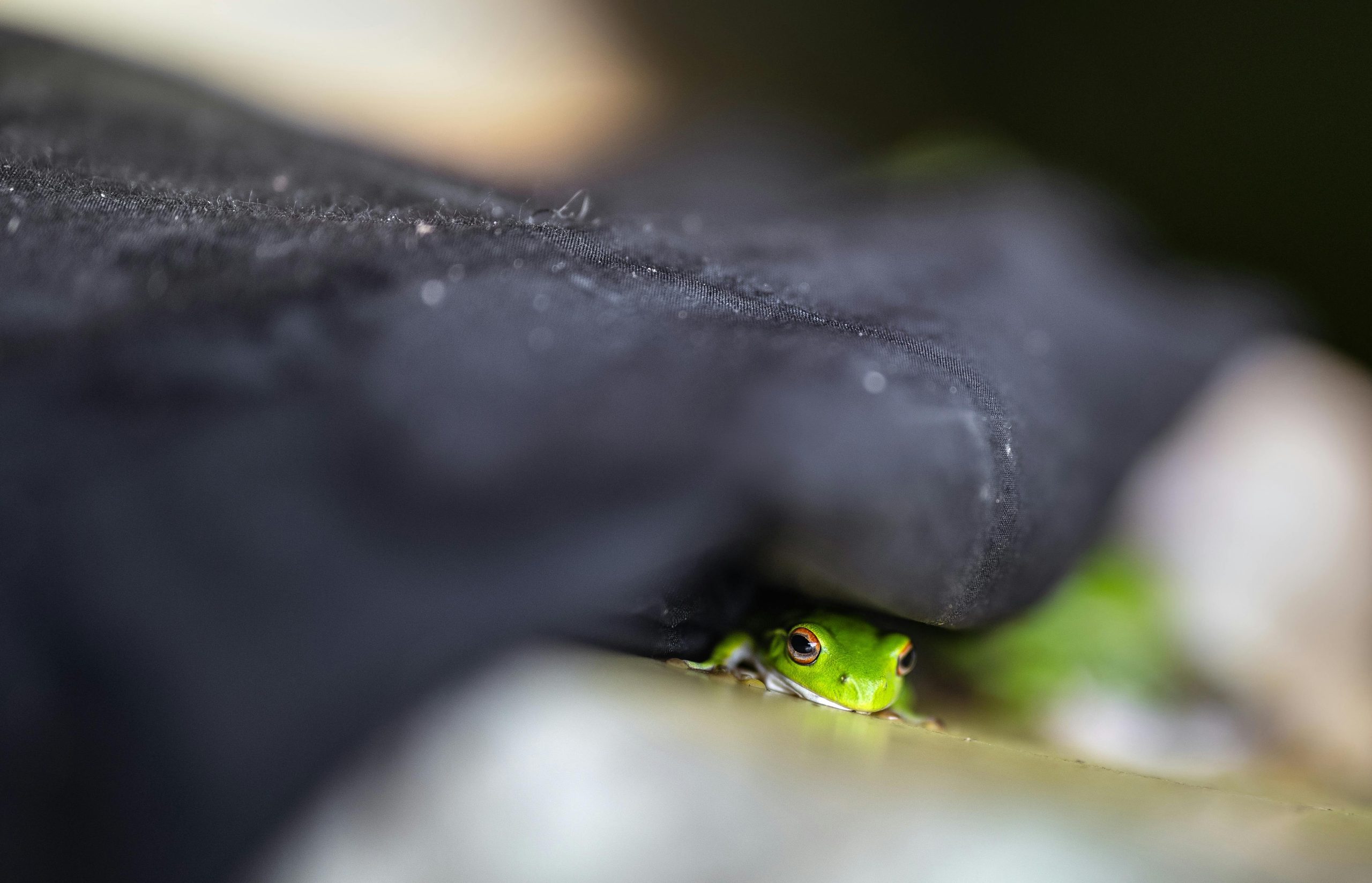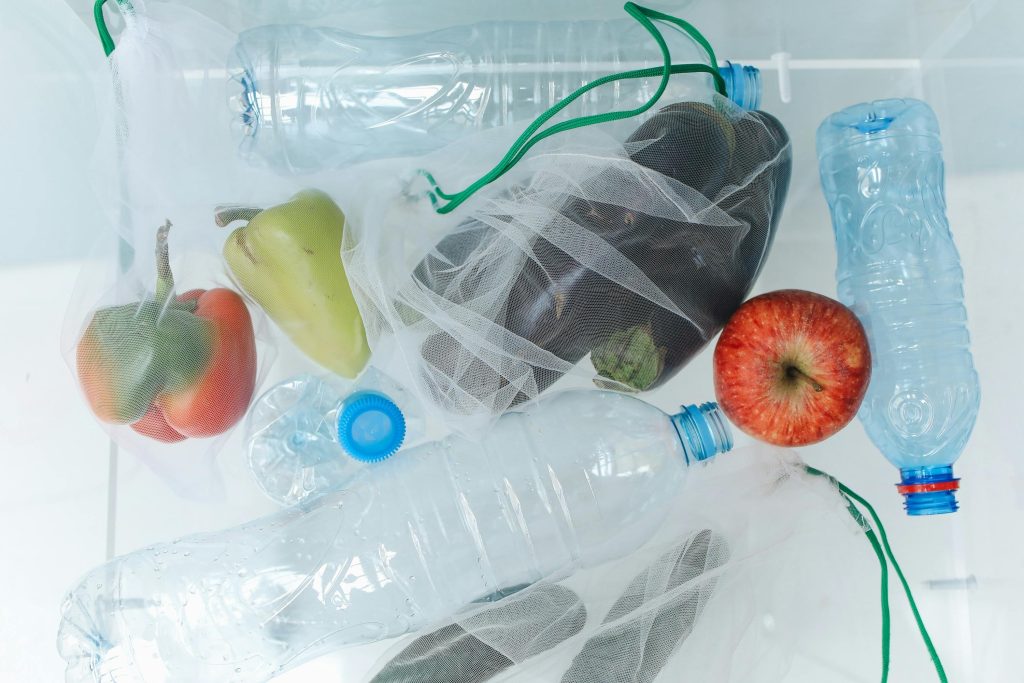Ever stared at a makeup label and felt like you needed a chemistry degree just to decode the ingredients? You’re not alone. The quest for “safe formulas” in natural makeup is real, and your skin deserves better than cryptic jargon.
In this guide, we’ll dive deep into the world of natural makeup, focusing on safe formulas that won’t compromise your health or skincare goals. Expect answers to questions like: What makes a formula “safe”? How do you choose the right natural makeup products? And how can you apply them like a pro?
Table of Contents
- Why Safe Formulas Matter in Natural Makeup
- A Step-by-Step Guide to Identifying Safe Formulas
- 5 Best Practices for Using Natural Makeup
- Real-Life Examples of Safe Formula Products
- Frequently Asked Questions About Safe Formulas
Key Takeaways
- Safe formulas prioritize non-toxic, skin-friendly ingredients.
- Natural makeup isn’t just about aesthetics; it’s about long-term skin health.
- You don’t need to sacrifice performance for safety—there are stellar options out there!
Why Safe Formulas Matter in Natural Makeup
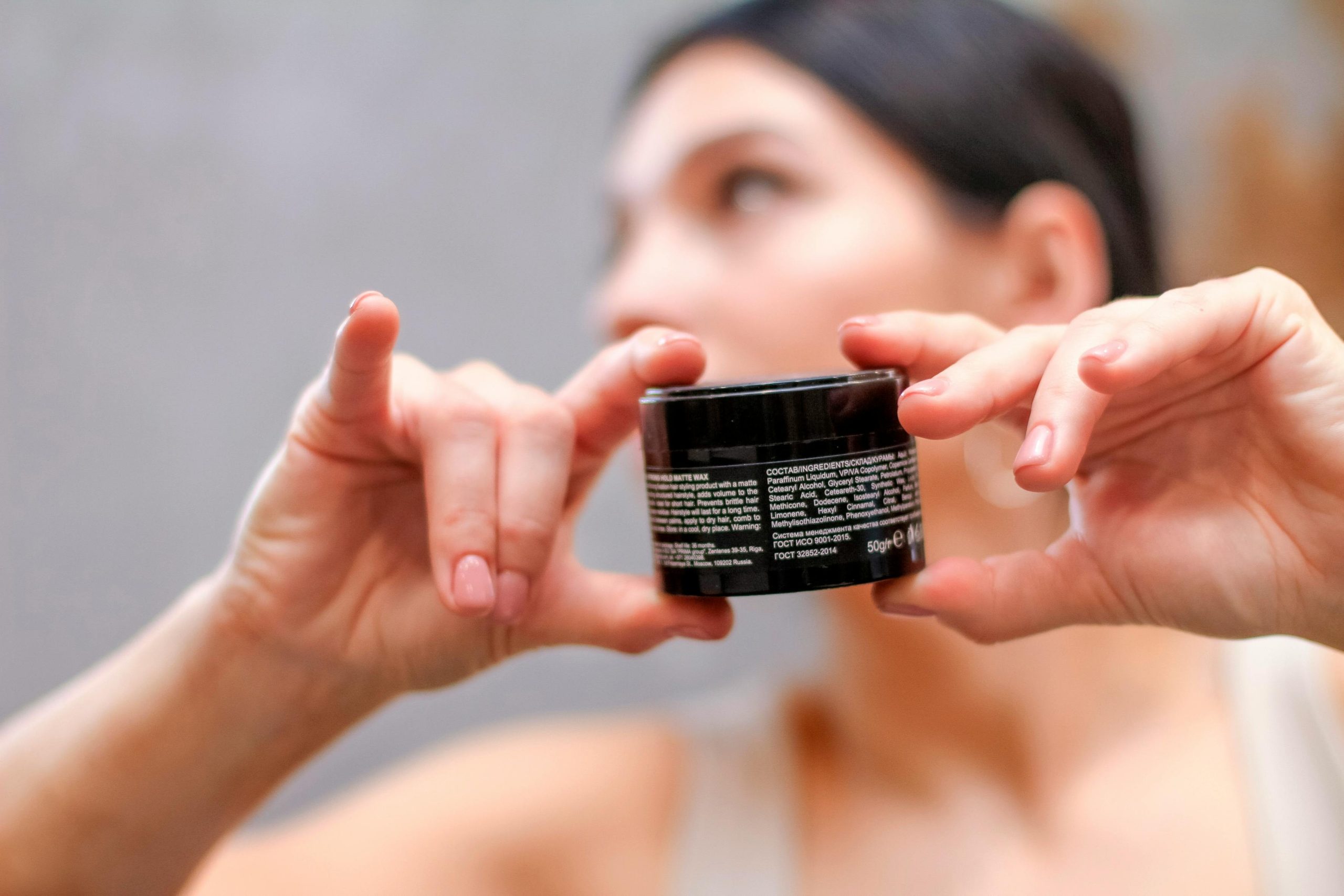
Image Description: A close-up shot of a woman carefully examining the ingredient list on a skincare product.
“I once slathered on a “natural” foundation only to wake up with a face full of red bumps. Talk about betrayal!” Sound familiar? It’s a reminder that just because something claims to be natural doesn’t mean it’s automatically safe.
The beauty industry is notorious for greenwashing—labeling products as “natural” without delivering on their promises. Harmful chemicals like parabens, sulfates, and synthetic fragrances often sneak into these so-called clean formulas. Not cool.
Safe formulas go beyond marketing buzzwords. They’re backed by transparency, using ingredients that respect both your skin and the environment. According to Environmental Working Group (EWG), opting for safer products reduces your exposure to potentially harmful substances.
A Step-by-Step Guide to Identifying Safe Formulas
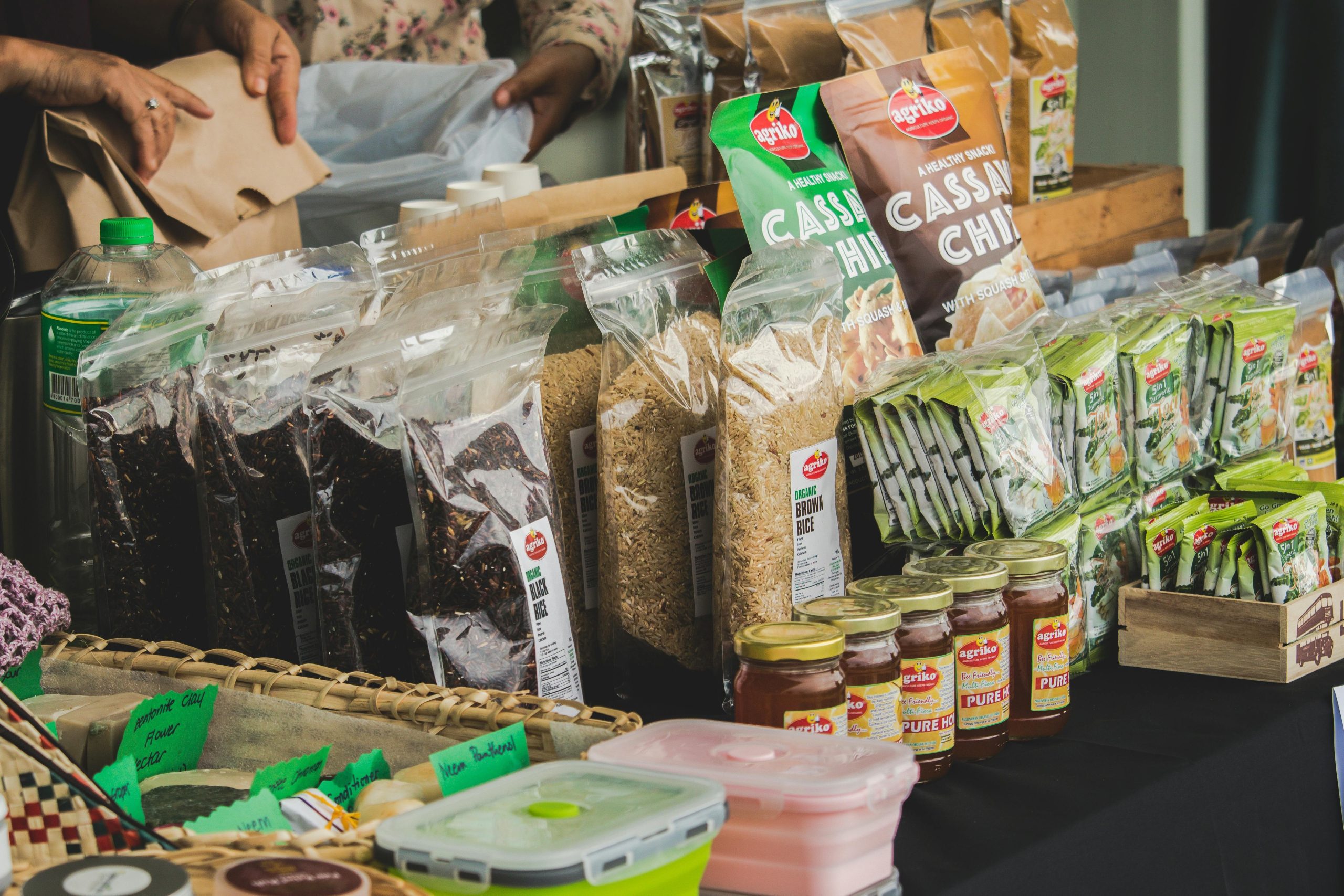
Image Description: A flat lay featuring a collection of natural makeup products, such as lipsticks, blushes, and mascaras.
Here’s the deal:
- Start with Ingredients Lists: Flip the bottle over and scan for recognizable names like shea butter, jojoba oil, or vitamin E. If you need Google to explain half the words, skip it.
- Check Certifications: Look for seals from trusted organizations like Leaping Bunny (cruelty-free) or COSMOS (organic certification).
- Avoid Red Flags: Ingredients like phthalates, formaldehyde releasers, or synthetic dyes have no place in safe formulas.
- Patch Test First: Even safe formulas aren’t one-size-fits-all. Patch test any new product before fully committing.
- Trust but Verify Reviews: User reviews and forums like Reddit’s r/MakeupAddiction can offer real-world insights into whether a product lives up to its claims.
Optimist You:* “This sounds manageable!”
Grumpy You: “Ugh, fine—but only if I get a snack break after decoding all those labels.”
5 Best Practices for Using Natural Makeup
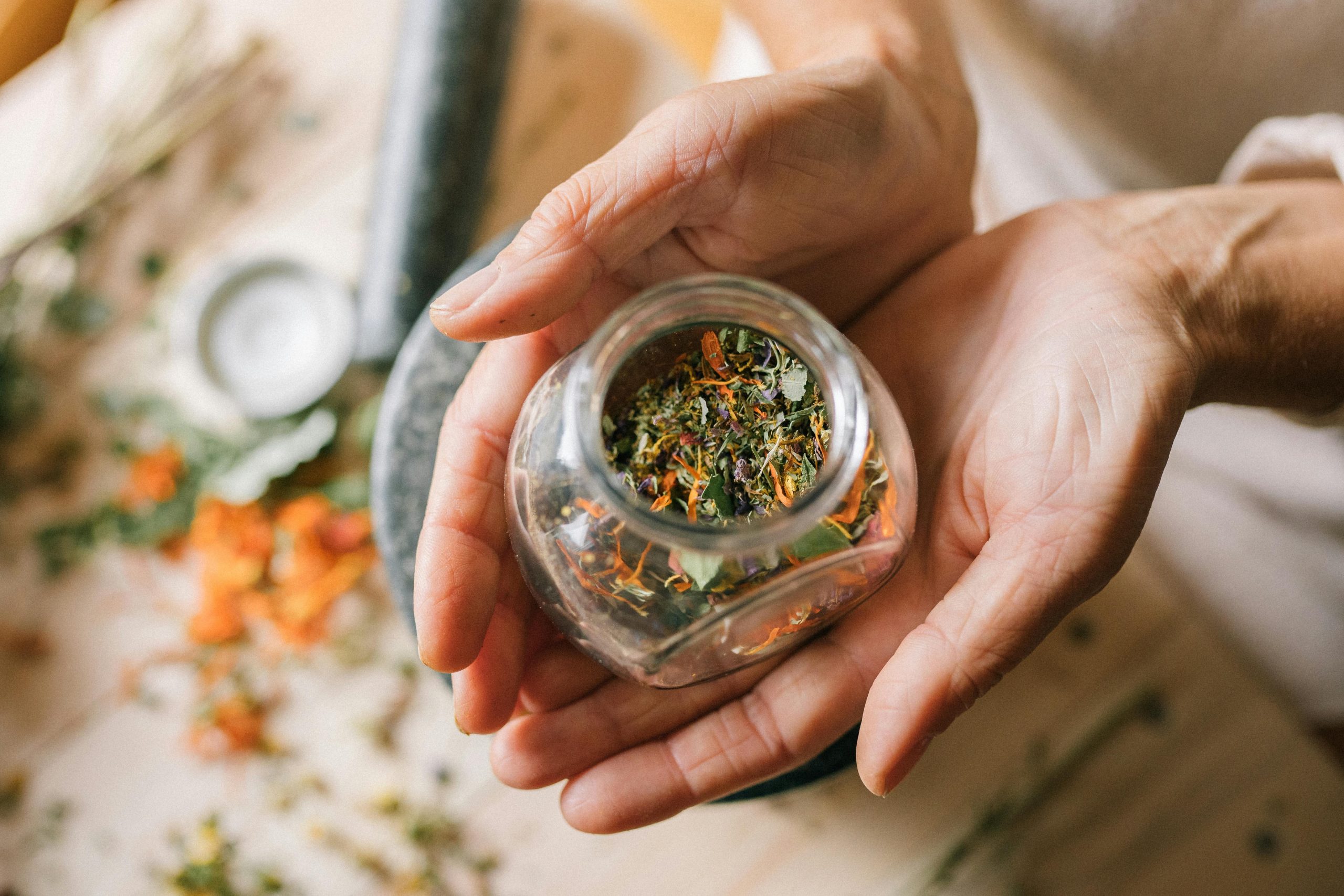
Image Description: Someone mixing liquid foundation with moisturizer on the back of their hand to create a custom blend.
To truly harness the power of safe formulas, follow these tips:
- Layer Lightly: Less is more when working with natural makeup. Heavy layers can look cakey and clog pores.
- Blend Like a Pro: Use tools like damp sponges or fluffy brushes for an airbrushed finish.
- Prep Your Skin: Always start with a hydrating primer or serum to ensure smooth application.
- Store Properly: Natural products often lack preservatives, so keep them away from heat and sunlight.
- Experiment Freely: Safe formulas allow you to mix and match creativity without fear of irritation. Try DIY shades by combining colors!
Rant Alert!
Can we talk about brands that slap “natural” on their packaging despite having zero qualms about including questionable chemicals? Come on, people. We’re smarter than that.
Real-Life Examples of Safe Formula Products
| Product | Key Ingredients | Certifications |
|---|---|---|
| RMS Beauty Un Cover-Up | Coconut oil, beeswax, jojoba oil | Leaping Bunny Certified |
| Kjaer Weis Cream Blush | Beetroot extract, gardenia fruit | Organic & Cruelty-Free |
| Tata Harper Volumizing Lip Gloss | Shea butter, avocado oil, honey | COSMOS Organic |
Note: Always double-check certifications directly on the brand’s website or via third-party databases.
Frequently Asked Questions About Safe Formulas
Q: Are safe formulas always vegan?
A: No, they aren’t. While many safe formulas overlap with vegan principles, some use animal-derived ingredients like beeswax or lanolin.
Q: Can I trust drugstore brands claiming “natural” formulas?
A: Proceed with caution. Many mass-market brands dilute the term “natural” with filler ingredients. Research each product individually.
Q: Does natural makeup last as long as conventional makeup?
A: Absolutely, provided you store it correctly and prime your skin beforehand. Brands like Ilia Beauty prove this point beautifully.
Conclusion
Safe formulas are the unsung heroes of natural makeup. By choosing wisely, prepping smartly, and applying thoughtfully, you’re investing not just in your appearance but also in your skin’s future. Remember: Transparency trumps trends every time.
Like a Tamagotchi, your skincare routine—and makeup choices—requires daily care. Choose well, my friend.
